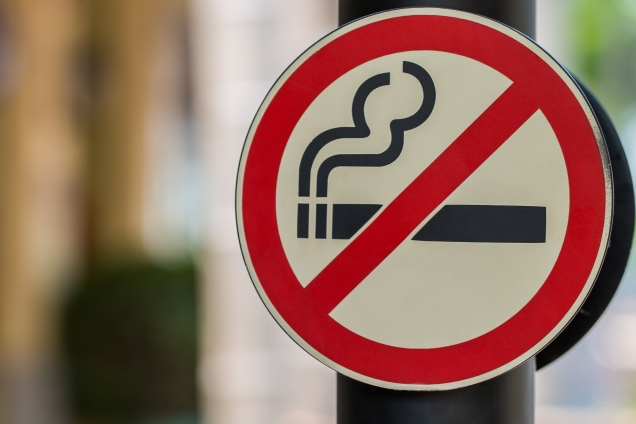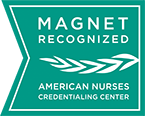
Gold Coast Health has congratulated the city’s population for reducing their health risk, but doctors say there is work to do to reduce hospitalisations.
The number of Gold Coasters smoking continues to fall, with the city having the lowest rate of maternal smoking in the state, The health of Queenslanders 2018 report shows.
Ten per cent of Gold Coast adults smoke daily compared to 14% in 2014.
Smoking remains Queensland’s leading risk factor for disease (11% of the state’s adults smoke daily), followed by poor diet and being overweight or obese.
The health of Queenslanders 2018 is the seventh in the series from Queensland’s Chief Health Officer and provides the health status of the population, as well as informing strategic policy and planning within Queensland Health.
The report showed that Gold Coast adults are more likely to be a healthy weight compared to adults living in other parts of Queensland.
Gold Coast Public Health Unit Staff Specialist Dr Anu Anuradha said it was pleasing to see the Gold Coast community respond to calls to get moving and adopt a more active and healthy lifestyle.
“The report shows 8% of Gold Coast adults were inactive which is well below the state average, so it is encouraging to see more and more people on the Coast are choosing an active lifestyle,” she said.
Of the Gold Coast’s population of 591,570, about one in five (91,000) adults identified as obese, whereas the Queensland data shows one in four adults are obese.
“We know that being overweight or obese has a real impact on health and wellbeing which is why Gold Coast Health works closely with community partners to empower people to live healthy and happy lives through making wiser choices,” Dr Anu said.
The health service’s Centre for Health Innovation department is investing in tools which can help to predict the chance of hospitalisation and determine whether people were receiving the right hospital care at the right time.
Centre for Health Innovation Clinical Director Dr Mark Forbes said the aim was to reduce preventable hospitalisations.
“This year we became the first health service in Australia to use an internationally-recognised tool to audit all adult admissions.
“That data and the results are shaping our efforts to reduce the length of stay in wards, provide alternatives to hospitalisation and more,” Dr Forbes said.
Another initiative improving population health on the Gold Coast is the Get Set for Surgery program.
Dr Carl de Wet from the Gold Coast Health GP Liaison Unit said the program gave patients the opportunity to reduce their health risks and improve their overall health while waiting for elective surgery, by joining in community health partner programs.
“It provides a practical example of how existing services can be integrated in an innovative, efficient and sustainable manner to provide patient-centred, world-class care,” Dr de Wet said.
The health of Queenslanders 2018 population health status profile for Gold Coast showed:
- 303,867 hospitalisations (public and private) in 2016-17
- 22,435 hospitalisations in 2016-17 were potentially preventable
- 6682 babies were born in public and private hospitals in 2016
- 138 babies were born to Indigenous mothers
- 38% of children aged 5-6 had tooth decay in 2014-17



